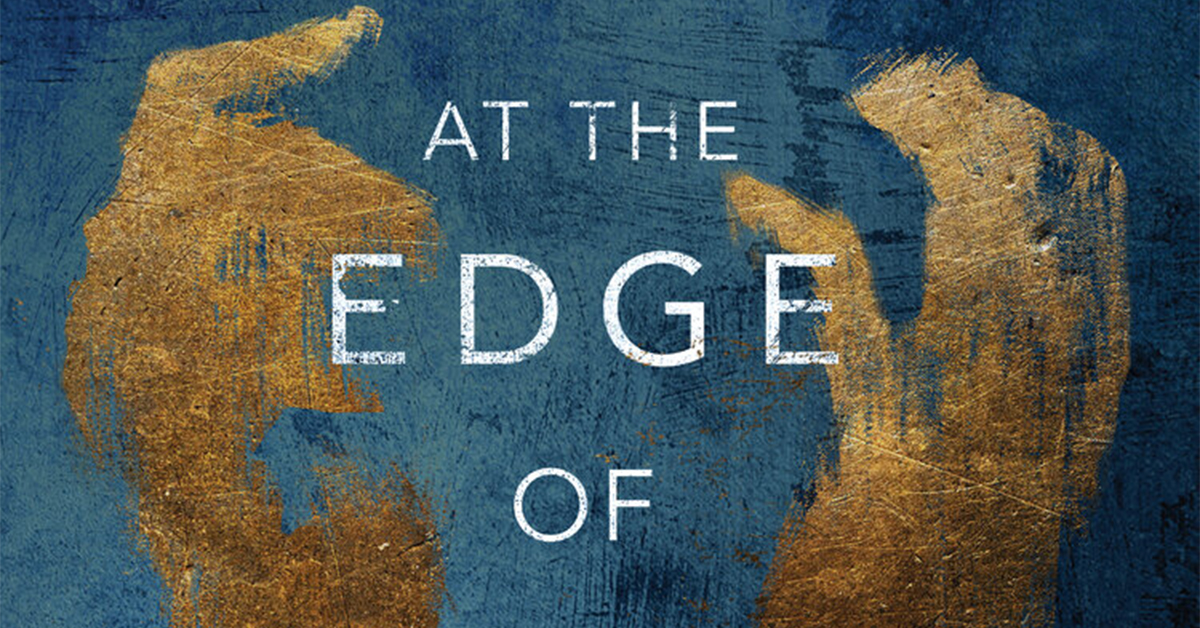


The ghosts of the city’s past, private and collective, loom large in this short novel.Īgainst the novel’s persistent melancholy, Edinburgh is associated with the complicated richness of authentic experience, a depth of living in which pain is often the necessary price. Other locations echo more personal memories steeped in humiliation and disillusionment. The places he visits are loaded with symbolism, from his homage to the statue of David Hume to his climb up the stairway known as Jacob’s Ladder. His movements are marked in the text by elegant diagrams, which become increasingly elaborate with each section of narrative. The protagonist of In Ruins thus finds himself at the top of a repetitious cycle, his third such iteration in this city. Repetition is one of the hallmarks of Davis Wood’s writing, with the story circling around continuously in a complex series of thematic variations.

Davis Wood’s latest work, In Ruins (2021), is an experimental novella that traces the emotional journey of an expatriate Australian man as he makes his way through the streets of Edinburgh. That book led me to seek out Davis Wood’s earlier fiction: Blood and Bone (2014), which blends family history with the frontier sensibility of Cormac McCarthy, and Unspeakable (2016), about the aftermath of a former friend’s criminal attack on a young girl. Davis Wood’s novel is about grief, triggered by the death of the protagonist’s newborn daughter, the narrative moving around this nucleus in brilliantly constructed meditative spirals of tragedy and suffering. Last year, Daniel Davis Wood’s At the Edge of the Solid World (2020) came to my attention after being shortlisted for the Miles Franklin Award. Review of ‘In Ruins’ by Daniel Davis Woodĭavis Wood, Daniel.


 0 kommentar(er)
0 kommentar(er)
